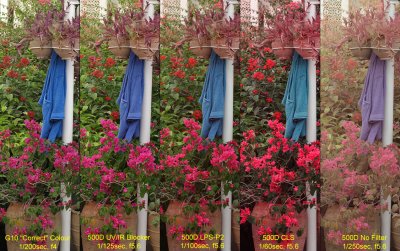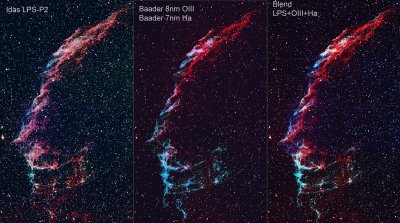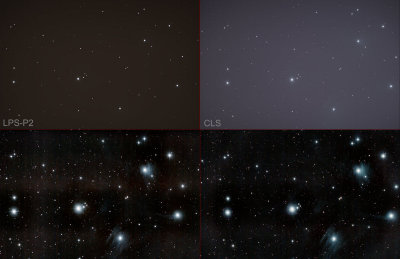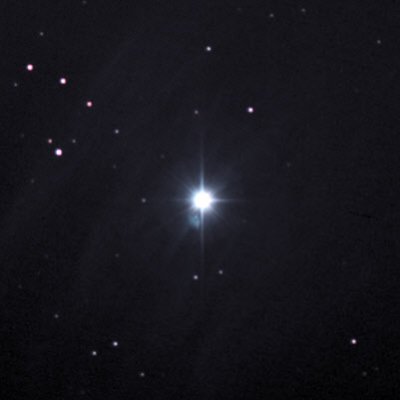





 |
 |
 |
 |
 |
 |
| Samir Kharusi | profile | all galleries >> Galleries >> LPS-P2 or CLS? | tree view | thumbnails | slideshow |
Light Bulbs Used |
 Lamps vs Filtering |
 White Balance |
 Modded vs Unmodded Filtered |
 LPS-P2 vs Narrowband |
 LPS-P2 & CLS on M45 |
 Merope for Greg |
| comment | share |